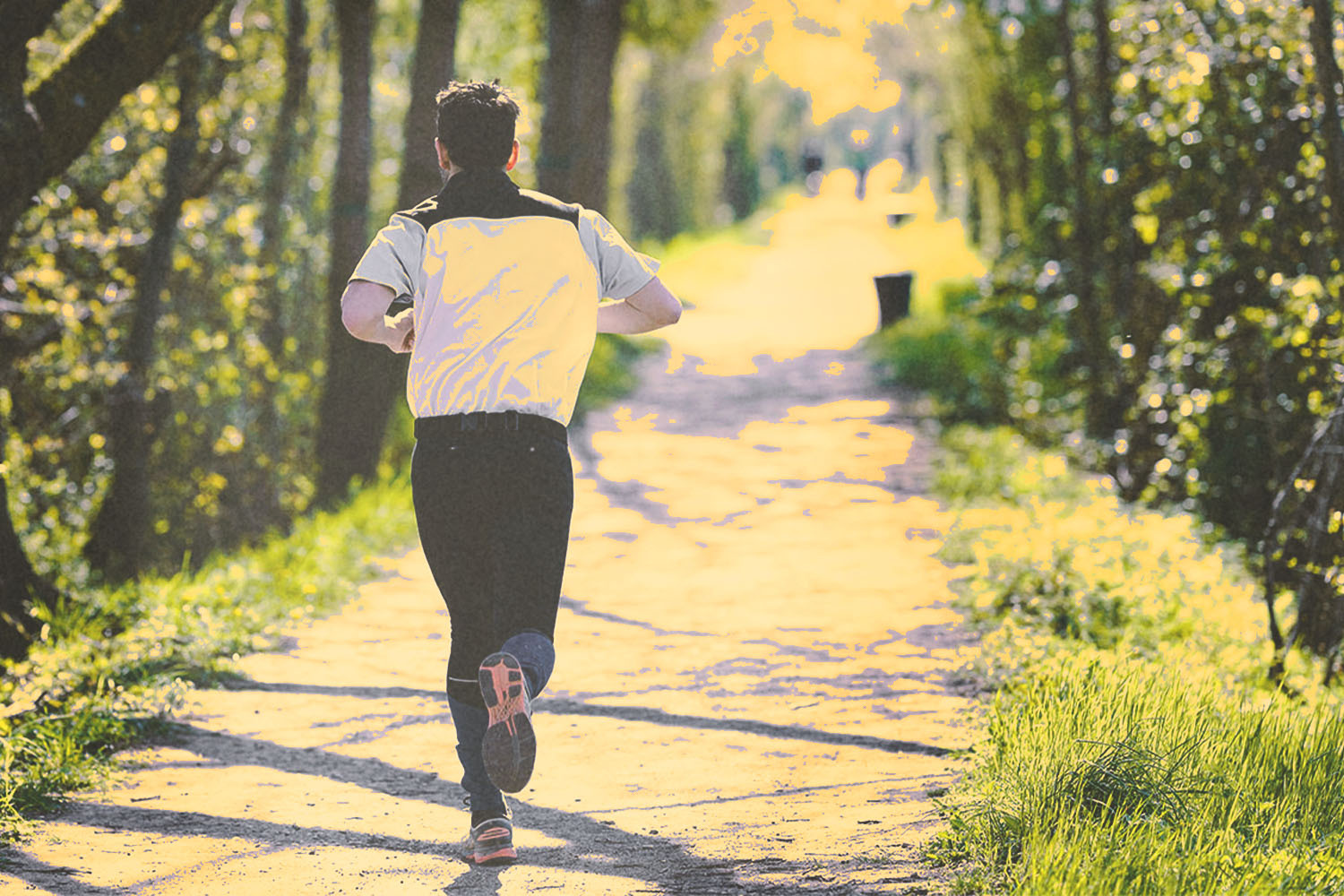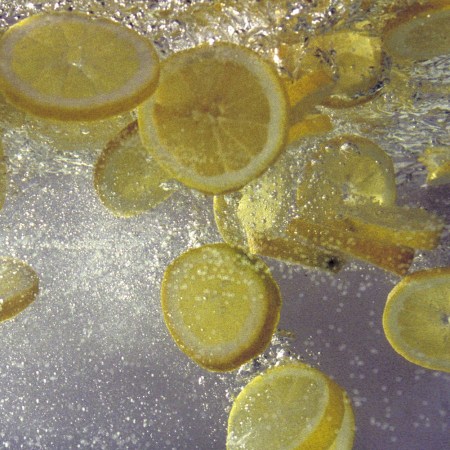When we spoke to Dr. David Sinclair two years ago, the preeminent geneticist dished on the latest research going on at his Harvard lab. Particularly compelling was a process where he and his team “turn on” the backup copy of an epigenome in a cell and restore its youth. It’s called cellular programming, and it will have a dramatic impact on anti-aging science over the next 50 years. (One potentially massive upshot? Restoring eyesight.)
But Dr. Sinclair also stressed that some of the most effective anti-aging efforts take place outside of the lab, and boil down to thoughtful lifestyle adjustments.
“We now understand that changes in your lifestyle can dramatically improve your age and physiology,” he said. “We used to think that aging was just something that was in our genes, something that we couldn’t modify. But very rapidly…you can reverse many aspects of aging. It’s never too late, unless you’re on your last legs. And the fact that it’s that easy to slow down and reverse aspects of aging — just with lifestyle changes — totally fits with our understanding of molecular mechanisms.”
What are these all-important adjustments you should be incorporating into your life? Chances are you’re already familiar with most of them. The longevity economy has surged over the last five years, backed by eager eyeballs and an expanding market cap, and many of the sector’s secrets are probably practiced by your fit friend or easily stumbled upon in Instagram’s Explore feed. Think: high-intensity interval training, exposure to extreme temperatures, intermittent fasting and box breathing.
The only issue? For too many people, these practices lack both sophistication and categorization. We know they’re good for us because we keep seeing headlines that say they’re good for us, but why is that? And how are they related?
Here’s the crux: Each of those lifestyle adjustments falls under the umbrella of hormesis, or hormetic stress. You may have heard people casually refer to “good stressors,” clinically known as eustress, which refers to a situation where a short-term challenge accelerates your heart rate and forces you to focus on your performance. Common examples include first dates, athletic endeavors and job interviews. Hormetic stress is also a healthy stress. But its positive impact isn’t social — it’s molecular.
Hormesis occurs when the body experiences a concentrated period of intense pressure. It turns on its defenses, assuming it’s under attack, and activates a brand of proteins called “sirtuins.” As Dr. Sinclair says, “When those genes come on, they defend the cell against diseases, and aging itself.” The exposure, whatever it is — a challenging circuit workout, a polar plunge, a calorie-restricted morning — is only temporary, but your brain doesn’t know any better. The physiological response is one of survival. Once you go back to normal, though — resting at home, drying yourself off with a towel, eating lunch — the beneficial response system is still firing. You’re basically tricking your body into engaging a responsive, restorative state.
Scheduling these shocks consistently serves to sharpen your cells. The better they get at dispatching small bouts of stress, the more equipped they are to handle the big stuff that comes later in life, like the risk of dementia, strokes or Parkinson’s.
In your quest for discomfort, though, it’s important not to overdo it. Dr. Sinclair recommends remembering the importance of rest. “All of these things that we’re talking about — exercise, fasting, cold therapy, a sauna — it’s best to mix it up. You don’t want to be constantly exercising, constantly hungry, or constantly at one temperature or another. You want to shock the body. Putting a few days of recovery in between makes a lot of sense.”
That vigilance should apply to both frequency and length. Most HIIT sessions cap out at half an hour. But a mountain of longevity research has registered favorable results for workouts of 15 minutes or less. Consider, also, that most plunge pools and saunas have recommended time limits. There’s no reward for staying in longer than the allotted time; in fact, it’s likely interfering with your chances of an effective hormetic response.
Perhaps the most difficult hormetic practice to master is box breathing, which we had the opportunity to try out at a surf gym on Oahu just before the pandemic. The intense breathwork, which involves rounds of intense inhales, multi-second holds and dramatic exhales, is intended to improve CO2 tolerance, calm the mind and encourage movement mechanics. The guru I worked with, a retired surfer named Kahea Hart, described the method as a way to “hyper-oxygenate” our systems. It shares similarities with the Wim Hof method, which apparently helped the legendary Dutchman climb Mt. Everest in shorts.
You’ll want to be careful with breathwork (which made me quite light-headed on my first try) and intermittent fasting (which has no scientific consensus for how to disperse the fasting, no matter what YouTube might try to tell you); both will shock the body, there’s little doubt, but without a professional or a nutritionist nearby, you may get more than your bargained for.
To add healthy, hormetic stress to your life, start with the approachable basics. Schedule at least one workout a week where you’re reaching a hypoxic state of heavy breathing. You know your body and your workout regimen well enough to know what that will require, but jumping rope, running stairs, spinning hard for 15 minutes or performing dynamic mat work (mountain climbers, bear crawls, spider lunges) are great places to start. Find a way, also, to let radical temperatures into your life. You don’t have to buy an ice bucket, specifically (though you could). Cold showers are a fair compromise, as is time in a sauna.
And as always, going for a walk is an untouchable well-being play here, too. It might sound too gentle to generate hormetic stress, but think about the coldest and hottest days of the year, when everyone else is sitting inside. As long as you’re bundled up, or covered in sunscreen, allowing yourself to be uncomfortable for a small stretch of time will pay dividends well down the line.
The Charge will help you move better, think clearer and stay in the game longer. Subscribe to our wellness newsletter today.




















